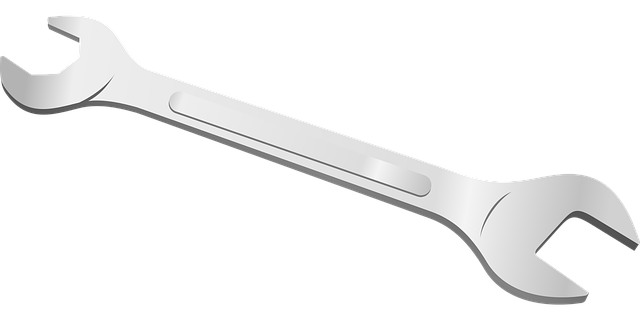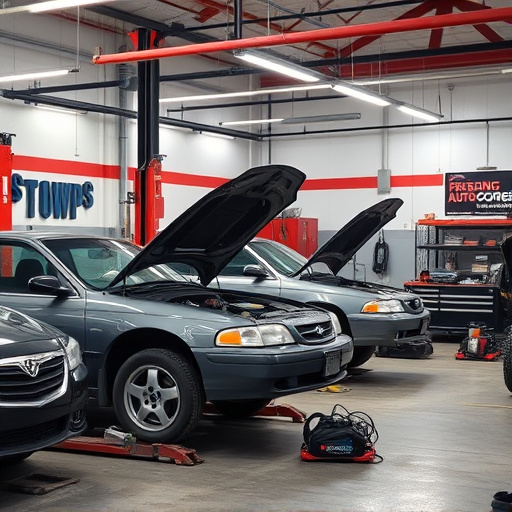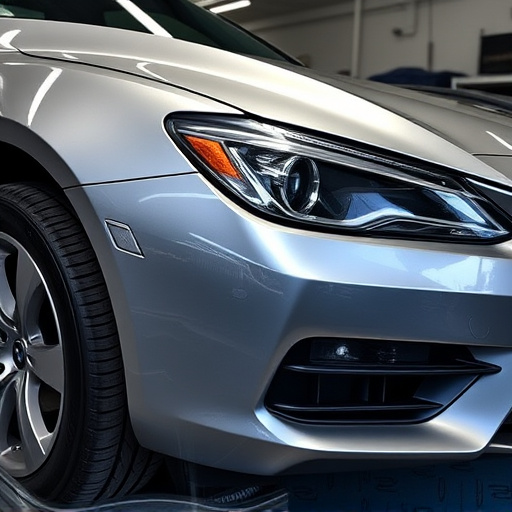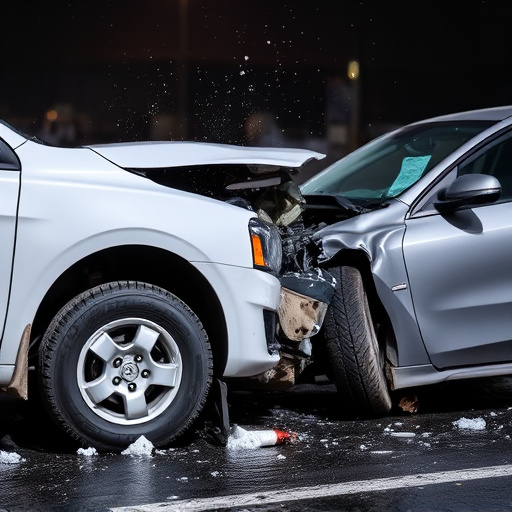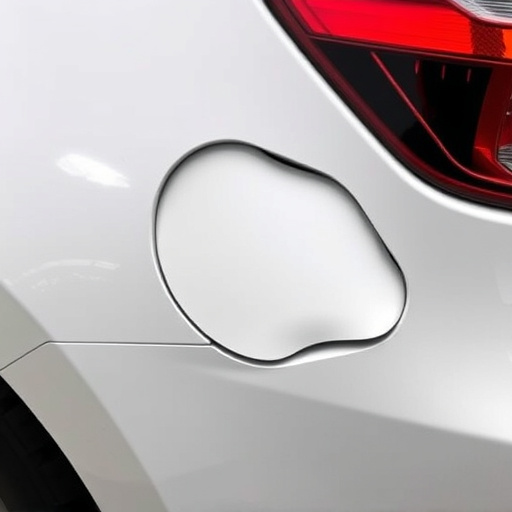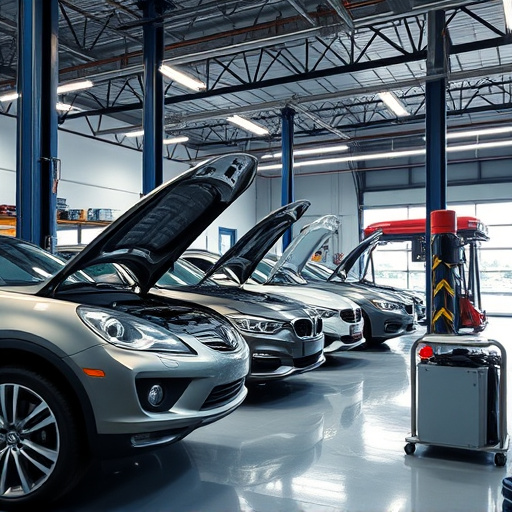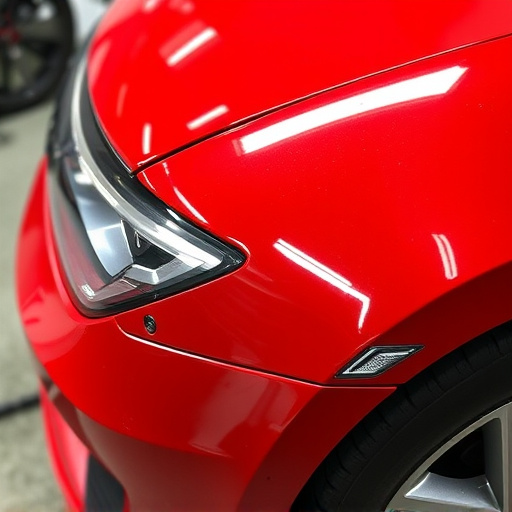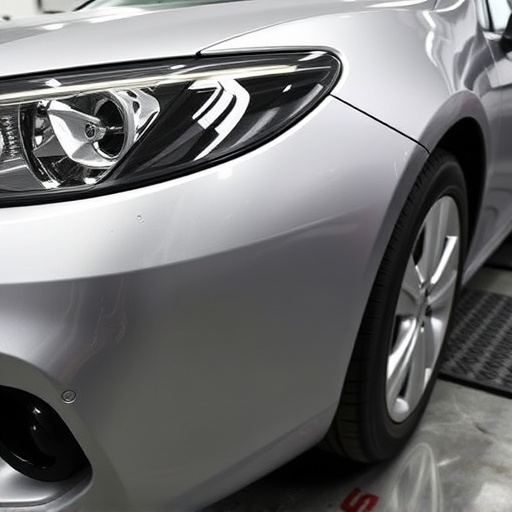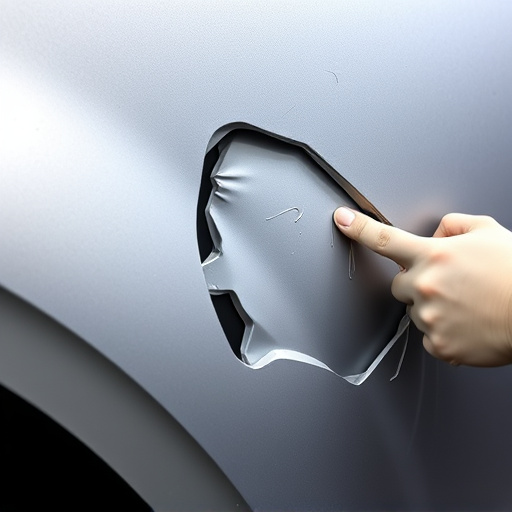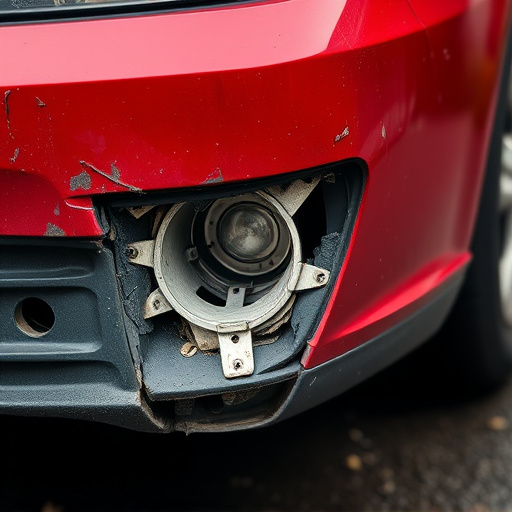Tesla's dashcam technology offers drivers enhanced safety and convenience with high-def video and image capture. Easy to configure via vehicle display or mobile app, settings include resolution, recording intervals, and storage options. This integrated system provides evidence for accidents, aids predictive safety features, and potentially reduces repair costs. Proper Tesla dashcam configuration includes managing audio recordings, considering legal privacy regulations, and ensuring compliance to avoid penalties.
“Unleash the power of your Tesla’s dashboard with a comprehensive guide to its dashcam configuration. This article delves into the advanced capabilities of Tesla’s onboard camera system, offering insights on how to optimize settings for enhanced safety and recording. From understanding key functions to customizing permissions, we explore the art of Tesla dashcam setup. Additionally, we dissect legal aspects surrounding audio recordings, ensuring you stay informed while leveraging this innovative technology.”
- Understanding Tesla Dashcam Capabilities
- Configuring Dashcam Settings and Permissions
- Legal Considerations for Audio Recordings
Understanding Tesla Dashcam Capabilities

Tesla’s dashcam technology is a sophisticated feature that offers drivers an enhanced level of safety and convenience. The system captures high-definition videos and images, providing a comprehensive record of your driving experience. Understanding how to configure this powerful tool is essential for maximizing its benefits. Through the vehicle’s central display or companion mobile app, users can easily set up and customize various parameters, including resolution, recording intervals, and storage options.
This advanced dashcam system not only serves as a reliable witness in the event of an accident but also aids in predictive safety measures. By analyzing recorded data, Tesla’s software can detect potential hazards, such as forward collisions or lane drifting, and alert the driver accordingly. With its seamless integration into the vehicle’s infotainment system, the dashcam becomes an indispensable companion for luxury vehicle owners, offering peace of mind and potentially reducing the need for costly automotive repair services, including paintless dent repair.
Configuring Dashcam Settings and Permissions
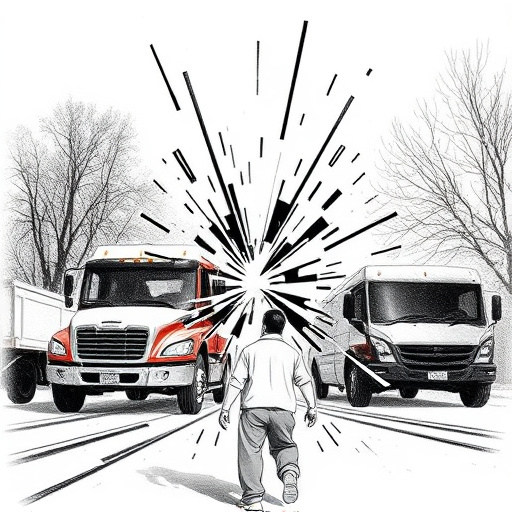
Configuring Tesla dashcam settings is a crucial step for any driver looking to record and protect themselves on the road. Within the vehicle’s center display, owners can tailor their preferences, deciding what types of events trigger recordings, including parking, driving, or sudden stops. This customization ensures that videos are captured only when necessary, preserving storage space and battery life.
Additionally, managing audio recording permissions is essential for maintaining privacy. Tesla offers options to control whether the dashboard microphone records simultaneously with video, allowing drivers to capture conversations but also providing a switch to disable audio during sensitive situations like medical emergencies or while dealing with a fender bender, ensuring that personal interactions remain private and protected from potential misuse in collision damage repair or car scratch repair scenarios.
Legal Considerations for Audio Recordings
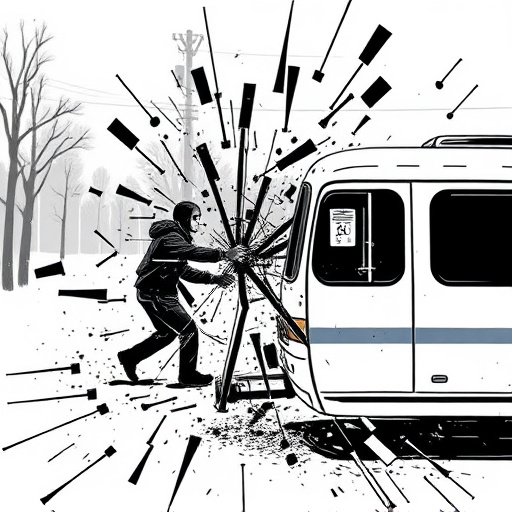
When configuring a Tesla dashcam for audio recording, it’s crucial to understand the legal considerations involved. In many jurisdictions, recording conversations or sounds in public places is subject to strict regulations aimed at protecting privacy rights. Individuals must be made aware that they are being recorded, and obtaining explicit consent from all parties involved is often necessary. This becomes especially pertinent when considering recordings could potentially serve as evidence in cases related to road accidents, theft, or other legal disputes.
The rules around audio recordings differ significantly across regions, so Tesla owners should familiarize themselves with local laws. For instance, some areas have exceptions for consent when one party is involved in a collision or providing emergency services, while others require explicit permission under all circumstances. Furthermore, the use of recorded content in legal proceedings must adhere to strict protocols, and unauthorized distribution could lead to severe penalties, impacting not just Tesla owners but also third-party service providers like tire shops or vehicle restoration centers that might access such recordings for diagnostic purposes during collision repair.
Tesla’s dashcam system offers powerful capabilities for both safety and legal documentation. By understanding and configuring the appropriate settings, users can ensure optimal performance while navigating legal considerations regarding audio recordings. Remember, proper dashcam configuration is a key step in maximizing the benefits of this technology, allowing drivers to focus on the road while also providing valuable evidence when needed.
